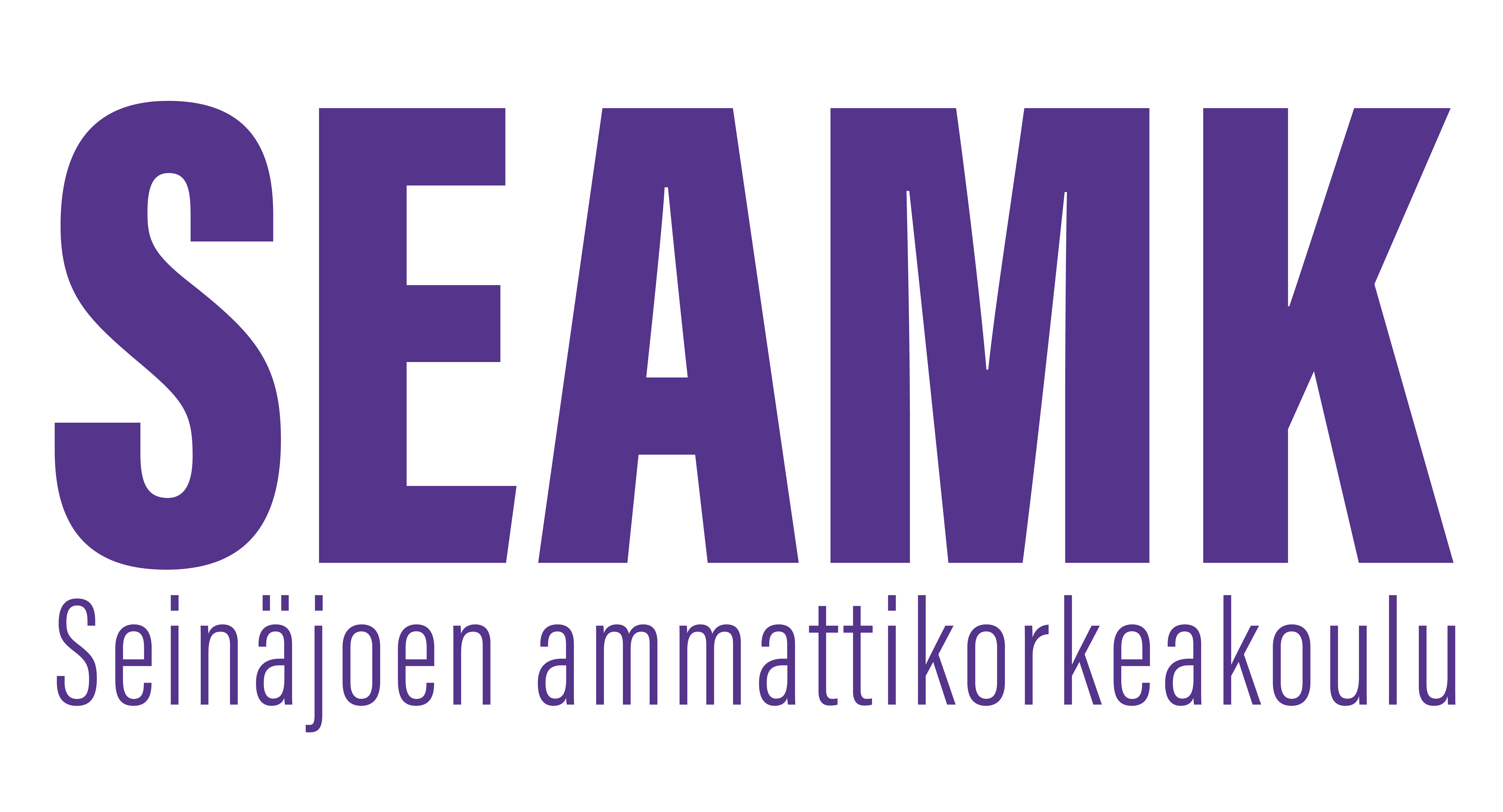Mikrobiologia, tartuntatautien hoitotyö ja rokottaminen (4op)
Toteutuksen tunnus: BD00DF19-3001
Toteutuksen perustiedot
- Ilmoittautumisaika
- 28.08.2023 - 11.10.2023
- Ilmoittautuminen toteutukselle on päättynyt.
- Ajoitus
- 30.10.2023 - 02.06.2024
- Toteutus on päättynyt.
- Opintopistemäärä
- 4 op
- Lähiosuus
- 2 op
- Virtuaaliosuus
- 2 op
- Toteutustapa
- Monimuoto-opetus
- Yksikkö
- SeAMK Sairaanhoitaja ja terveydenhoitaja
- Toimipiste
- SeAMK Seinäjoki, Kampustalo
- Opetuskielet
- suomi
- Koulutus
- Sairaanhoitaja (AMK)
- Terveydenhoitaja (AMK)
- Opettajat
- Marika Toivonen
- Carita Sandell-Kaukonen
- Ajoitusryhmät
- Mikrobiologia ja tautioppi (Koko: 0 . Avoin AMK : 0.)
- Tartuntatautien hoitotyö ja rokottaminen (Koko: 0 . Avoin AMK : 0.)
- Ryhmät
-
MSH23SSairaanhoitaja (AMK), monimuotototeutus
- Pienryhmät
- Mikrobiologia ja tautioppi
- Tartuntatautien hoitotyö ja rokottaminen
- Opintojakso
- BD00DF19
Arviointiasteikko
1-5
Tavoitteet
Mikrobiologia:
Opiskelija
- osaa muodostaa käsityksen tavallisimpien sairauksien diagnostiikasta, synnystä, syistä, vaikutuksista, ehkäisystä ja hoidosta sekä lääketieteellisestä tautien luokittelusta
- osaa kuvata infektiotautien syntymekanismin, kehon puolustusjärjestelmän ja infektiotautien ehkäisykeinot perehtymällä mikrobeihin, ihmisen normaaliflooraan, infektiotautien tartuntatapoihin ja infektiotauteja aiheuttaviin mikrobeihin.
Tartuntautien hoitotyö ja rokottaminen:
- osaa suunnitella, toteuttaa ja arvioida eri-ikäisen potilaan ja hänen läheistensä hoitotyötä tavallisimpien tartuntatautien kohdatessa.
- osaa ohjata ja tukea eri-ikäistä potilasta ja hänen läheisiään omahoitoon.
- osaa soveltaa infektioiden torjunnan periaatteita sekä perustella niiden merkityksen hoitotyössä.
- osaa rokottamisen perusasiat.
Sisältö
Yleisimpien sairauksien diagnostiikka, synty, syyt vaikutukset, ehkäisy ja hoito; Lääketieteellisten tautien luokittelu
Perustiedot mikrobeista; Ihmisen normaalifloora; Tartuntatavat ja tartuntataudin syntyyn vaikuttavat tekijät; Ihmisen tavallisimpien mikrobien aiheuttamat infektiotaudit; Elimistön puolustusjärjestelmä;
Infektiotautien ehkäisy
Terveyden edistäminen, omahoidon tukeminen ja kuntoutus infektiotautia sairastavan potilaan ja hänen läheisten hoitotyössä.
Immunisaatioa ja rokotukset
Oppimateriaalit
Mikrobiologia:
Opettajan Moodlemateriaali
Tartuntataudit ja rokottaminen:
Klemetti, Reija & Raussi-Lehto, Eija. 2013. Edistä, ehkäise, vaikuta - Seksuaali- ja lisääntymisterveyden toimintaohjelma 2014 - 2020. Saatavilla: https://www.julkari.fi/handle/10024/116162,
Kurki, Raili & Pammo, Hely. 2010. Tartuntataudit ja hoitotyön osaaminen. WsoyPro.
Von Schantz, Marjale & Matilainen, Hilkka. 2009. Tarttuuko se? : ehkäise, estä ja hoida. Kirjapaja.
Moodle-materiaali,
www.thl.fi
Opetusmenetelmät
Mikrobiologia:
- Luennot
- Harjoitustehtävät
- Itsenäinen tehtävä
- Koe
Tartuntataudit ja rokottaminen: luennot, Metropolia Moodlen verkkokurssi, ryhmätyö, koe.
Tenttien ajankohdat ja uusintamahdollisuudet
Mikrobiologia:
Koe Examissa kurssin lopuksi
Tartuntataudit ja rokottaminen: Moodle-tentti kurssin lopussa.
Opiskelijan ajankäyttö ja kuormitus
Mikrobiologia 1 op = 27h opiskelijan työtä
6h lähiopetusta
2h koe
19h itsenäistä opiskelua
Tartuntataudit ja rokottaminen:
Lähiopetus 4 h
Seminaariesitykset 5 h
Koe 1 h
Arviointikriteerit, tyydyttävä (1)
1-2
Opiskelija
-opiskelijalla on käsitys tavallisimpien sairauksien diagnostiikasta, synnystä, vaikutuksista, ehkäisystä ja hoidosta
-tietää infektiotautien syntymekanismin, kehon puolustusjärjestelmän ja infektiotautien ehkäisykeinot perehtymällä mikrobeihin, ihmisen normaaliin mikrobistoon, infektiotautien tartuntatapoihin ja infektiotauteja aiheuttaviin mikrobeihin
- ratkaisee turvalliseen rokottamiseen liittyviä yleisimpiä tehtäviä ja ongelmia
Arviointikriteerit, hyvä (3)
3-4
Opiskelija
- muodostaa käsityksen tavallisimpien infektiosairauksien diagnostiikasta, synnystä, syistä, vaikutuksista, ehkäisystä ja hoidosta
- osaa kuvata infektiotautien syntymekanismin, kehon puolustusjärjestelmän ja infektiotautien ehkäisykeinot perehtymällä mikrobeihin, ihmisen normaaliin mikrobistoon, infektiotautien tartuntatapoihin ja infektiotauteja aiheuttaviin mikrobeihin
-perustelee toimintaa näyttöön perustuvan turvallisen immunisaatio ja rokotustiedon avulla
Arviointikriteerit, kiitettävä (5)
5
Opiskelija
-ymmärtää tavallisimpien sairauksien synnyn, syyt, ehkäisyn, diagnostiikan, vaikutukset ja hoidon
-ymmärtää tautien luokittelujärjestelmän
-osaa kuvata perustellen infektiotautien syntymekanismin ja syyt sekä kehon puolustusjärjestelmän ja infektiotautien ehkäisykeinot perehtymällä monipuolisesti mikrobeihin, ihmisen normaaliin mikrobistoon, infektiotautien tartuntatapoihin ja infektiotauteja aiheuttaviin mikrobeihin
-soveltaa turvallisen immunisaatio- ja rokotustiedon käsitteitä ja tietoa sujuvasti ja laaja-alaisesti
-osaa käyttää ja arvioida näyttöön perustuvaa tietoa rokottamisesta.
Esitietovaatimukset
Ei tarvita edeltäviä opintoja
